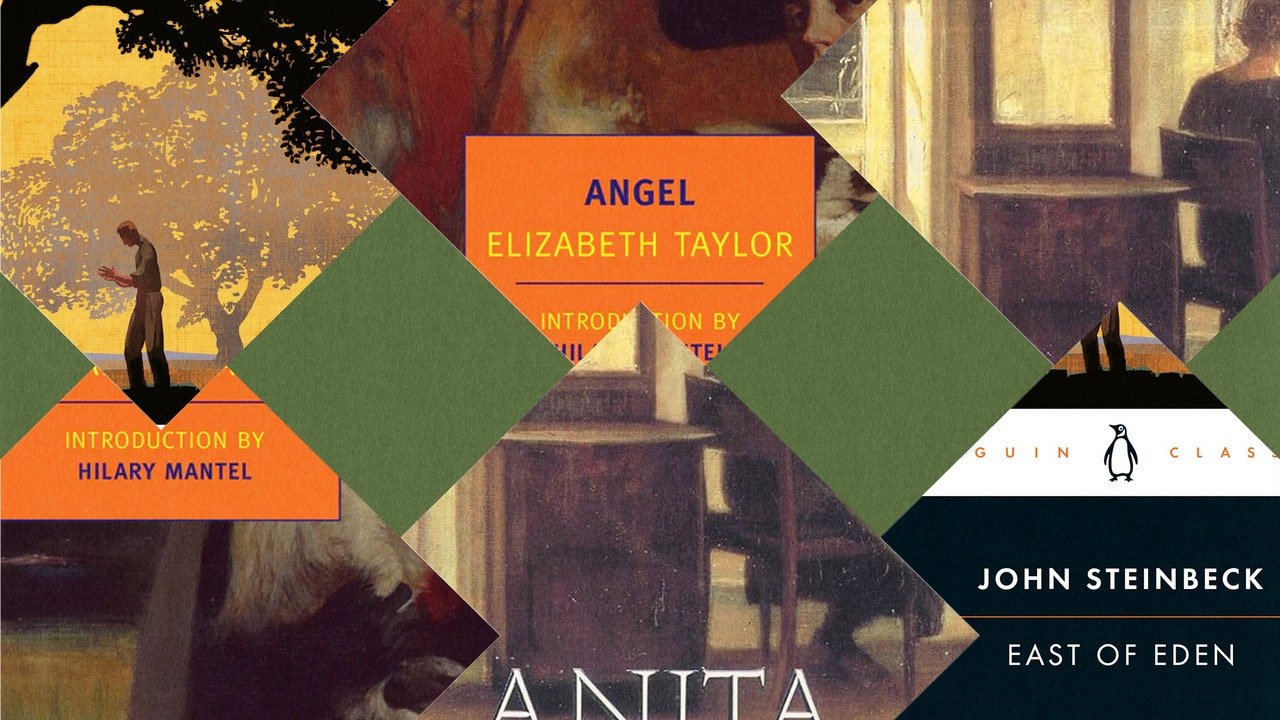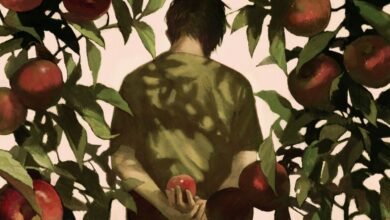
The writer Rumaan Alam has noticed that readers, especially as of late, can be quick to dismiss novels that have characters they find unpleasant. But “when a character on the page is able to get under the reader’s skin, it’s actually a testament to the skill of the writer,” Alam said. He argues that annoying and bizarre behavior is seductive, more so when it comes from women, who are often given less leeway. He recently joined us to discuss four novels centered on “unlikeable” female characters, explaining, “I admire the way these writers allow their portraits of women to be slightly unflattering—it makes for a more effective literature.” His comments have been edited and condensed.
The Eustace Diamonds
by Anthony Trollope
The young and beautiful Lizzie Eustace has been left with both a large fortune and a diamond necklace to wear after her husband, Sir Florian Eustace, drops dead. The necklace technically belongs to Florian’s estate, which their son will inherit, but Lizzie decides that the piece of jewelry is hers to keep. To that end, she works to deceive those around her, frequently in unproductive ways, and she even begins to believe some of her own lies. You cannot but marvel at a person who constantly chooses to do outlandish, indefensible things.
The women in Trollope’s work seem to understand how curtailed their lives are, and their behavior—as the pet of their husband or of their father—is calibrated in response to the preposterous conditions of being a woman in the nineteenth century. Still, it’s difficult to give Lizzie the benefit of the doubt, because her actions, though they highlight the absurdity of inheritance law, are completely irrational. Trollope’s writing is, in a way, postmodern; he uses an authorial narration that creates a distance between Lizzie and his readers, allowing us to observe and judge her.
East of Eden
by John Steinbeck
Set in the late nineteenth and early twentieth centuries, this novel follows a family that’s living in California’s Salinas Valley. There’s Adam Trask, the patriarch; Cathy Ames, his wife; and Caleb and Aron, their twin sons. The book takes on a lot: it’s self-consciously Biblical—the boys are an allusion to Cain and Abel—and it’s about the American West and the character of the nation. Steinbeck must’ve appreciated the need to zap life into the story, and it’s in Cathy’s presence that it feels most electric.
After giving birth to the twins, she shoots Adam and runs away into the night. Cathy, acting completely unapologetically, becomes a prostitute, kills the madam she was working for, and takes over her brothel. It’s both interesting and surprising that Steinbeck, in 1952, acknowledges how the feminine condition was so constrained that one kind of logical response was madness. Despite her moral failings—these have nothing to do with her being a sex worker, rather, they stem from her being an awful person—it’s hard not to root for her. Her flaws, which present an unflattering reflection of who people really are, seduce the reader.
Angel
by Elizabeth Taylor
The title character of this book, Angelica (Angel) Deverell, has one ambition: to write. From the point that we meet her, when she’s fifteen, she’s dogged in her insistence that she will grow up to become an author—and we watch her do precisely that. She finds success as a writer, but not so much as a woman; Angel’s books do well commercially, she becomes wealthy, and then she moves into a beautiful house, but she has none of the other traditional trappings of respectability.
Eventually, Angel decides that she wants a romantic relationship, which is poignant: having pursued a writing career single-mindedly, she decides to widen her ambition. That doesn’t ultimately work out for her, and she realizes that all she can be is an accomplished writer. The funny thing is that she’s no Dante; her voice hasn’t been touched by God. In other words, she’s a bit of a hack. Taylor is unsparing in her commentary on what artistic ambition precludes.
Brief Lives
by Anita Brookner
Fay and Julia were lifelong friends, but they always loathed each other. On the first page of the book, Fay discovers Julia’s obituary in the Times: “I never liked her, nor did she like me; strange, then, how we managed to keep up a sort of friendship for so long. Had our husbands not been partners I doubt whether we should ever have exchanged more than a few words.” But they didn’t have a “sort of friendship”; they were intimately connected. Though they appeared to have freedom, both were trapped. Fay observes that their milieu was a “mixture of the convent and the dressing-room” and “redolent of the company of women.”
Fay, who’s almost nauseated by the presence of women, is held hostage by her desire for male approbation: “What I loved and prized was the steadiness of a man’s affection, his indulgence.” Brookner explores the perception of feminine company as neither comforting nor enriching but a war. Many of Brookner’s characters are situated similarly; they have independence—often because they are orphaned or widowed—yet they lead very small lives because they’re fixated on the male gaze. Brookner, like Taylor, is merciless in her examination of a particular sensibility.
Source link






